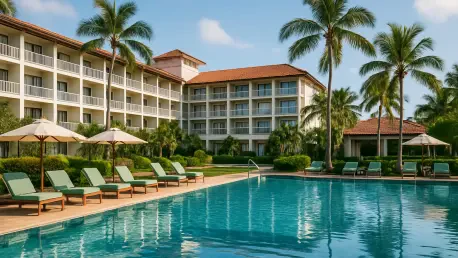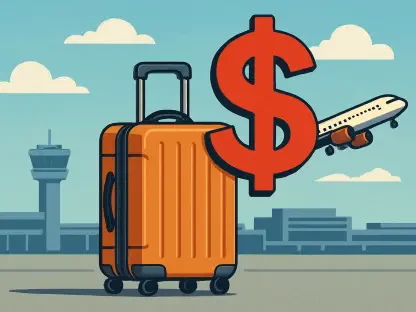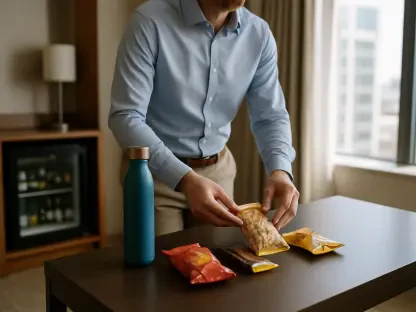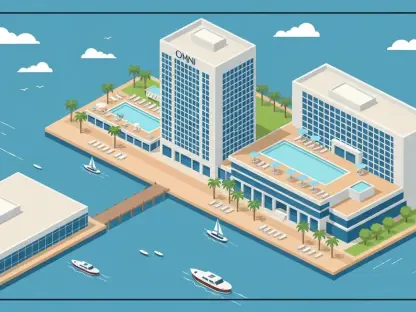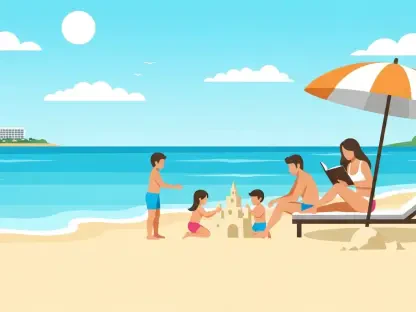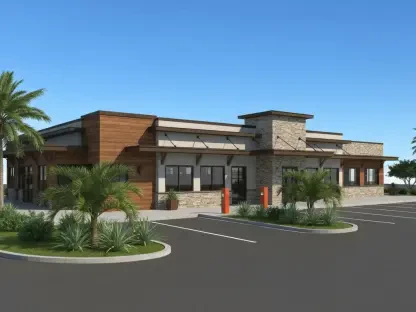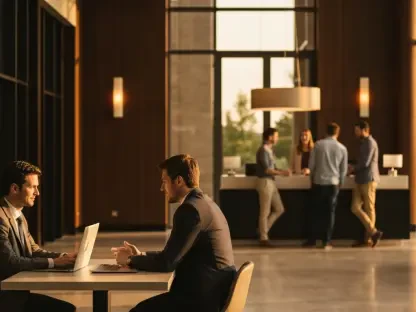I’m thrilled to sit down with Katarina Railko, a true trailblazer in the hospitality industry. With her extensive background in travel and tourism, Katarina has honed her expertise in crafting unforgettable hotel experiences and promotions. As a prominent voice in entertainment and events, she brings a unique perspective on how to stand out in a crowded market, often drawing from her passion for expos and conferences. In this conversation, we dive into the art of designing compelling offers, leveraging local insights, navigating digital platforms, and building buzz through strategic media outreach. Join us as we explore her innovative approaches to hotel marketing.
How do you tap into the expertise of your hotel staff, particularly the concierge team, when creating new experiences or offers?
I always start by sitting down with the concierge team for a brainstorming session. They’re on the front lines, interacting with guests daily, so they have a real pulse on what people are asking for and what’s trending locally. I encourage them to share their insights on hidden gems or unique activities that might not be on a typical tourist’s radar. Their input often shapes the core of an offer—whether it’s a guided tour or a seasonal package. I also make it a point to involve them in the rollout, so they feel ownership and can pitch it authentically to guests.
Can you share a specific local trend or insight from your staff that transformed one of your promotions?
Absolutely. A few years back, our concierge team noticed a growing interest in sustainable, farm-to-table dining among guests. They tipped us off about a nearby organic farm that wasn’t widely known but offered incredible tours and tastings. We built a weekend package around it, including a farm visit, a cooking class with the chef using those ingredients, and a themed dinner at our restaurant. It became one of our most popular offers that year, and guests loved the authentic, local connection. It showed me how much those on-the-ground insights can elevate a promotion.
What’s your process for ensuring all staff members, beyond just the concierge, are aligned and excited about a new offer?
I prioritize clear communication and involvement from the get-go. Before launching anything, we hold a property-wide meeting to walk everyone through the details of the offer—why we’re doing it, who it’s for, and how it benefits both guests and the team. I also make sure each department understands their role, whether it’s housekeeping preparing special amenities or the front desk upselling the package at check-in. We often gamify it with small incentives, like a bonus for the team member who promotes it most effectively. Getting that buy-in early prevents hiccups and builds enthusiasm.
How do you approach testing the technology behind an online offer to ensure it’s seamless for guests?
Testing is critical. We usually partner with a tech team or a third-party service to run simulations before launch. This means booking the offer ourselves through the website, checking for glitches in the reservation system, and ensuring promo codes apply correctly. We also test across different devices—desktop, tablet, mobile—to catch any display issues. I’ve learned the hard way that a small glitch, like a broken link, can tank a promotion’s credibility. So, we do multiple rounds of testing and even get feedback from a small group of staff or loyal guests before going live.
What factors guide your decision on which marketing channels to focus on when promoting a special offer?
It really depends on the target audience for the offer. For a luxury package, we might lean into targeted search engine ads to reach high-end travelers already looking for upscale experiences. For broader appeal, like a family deal, social media platforms work wonders because of their visual impact and shareability. Our website is always the hub, though—I ensure the offer is front and center with an easy-to-find “specials” button. I also analyze past campaigns to see where we got the most traction. Data drives a lot of those decisions, but so does understanding the vibe of the offer and who it’s meant to attract.
Can you tell us about a time a specific website feature made a noticeable impact on bookings for an offer?
One standout was when we added a dedicated “Experiences” tab on our homepage with vibrant images and a quick booking link for each offer. Before that, specials were buried in a submenu, and conversion rates were low. After the redesign, we saw a 30% uptick in direct bookings for those packages within the first month. It proved to me that visibility and ease of access are everything—guests won’t hunt for a deal, so you’ve got to make it pop right when they land on your site.
How do you identify the right media outlets or partners to amplify awareness of your hotel’s unique offers?
I start by researching outlets that align with our brand and audience. For instance, if we’re promoting a wellness retreat, I’ll target lifestyle or travel magazines with a focus on health and relaxation. I also look at local publications for offers tied to community events—they’re often eager to cover something relevant to their readers. Building relationships with journalists and bloggers helps too; I’ll invite them to experience the offer firsthand so they can write authentically about it. It’s about finding a match between the story we want to tell and the audience they reach.
What types of stories or angles about your property have historically grabbed the most media attention?
Stories that highlight uniqueness or timeliness tend to get the most traction. For example, we once launched a package tied to a local cultural festival, complete with exclusive access to behind-the-scenes events. The media loved the angle of blending travel with an immersive cultural experience, and it got picked up by several regional outlets. Another hit was a chef-driven offer featuring a menu inspired by local history—journalists were drawn to the storytelling aspect. I’ve found that human interest or hyper-local hooks often resonate more than a generic discount pitch.
How do you craft compelling descriptions for offers on global distribution systems, given the tight character limits?
It’s all about precision and punch. I focus on the core value of the offer—whether it’s a percentage off, a unique perk, or a seasonal theme—and lead with that in the title. In the description, I pack in vivid language to paint a picture, like “savor oceanfront luxury” instead of just “beach view.” I also make sure key details, like dates and inclusions, are crystal clear. Every word has to work hard since there’s no room for fluff. I often draft a few versions and test them with the team to see which feels most enticing within the constraints.
Looking ahead, what’s your forecast for the future of hotel marketing and crafting guest experiences?
I think we’re heading toward even more personalization and technology-driven solutions. Guests will expect offers tailored to their past behaviors or preferences, and AI tools will play a bigger role in predicting what they want before they even ask. At the same time, authenticity will remain king—travelers are craving real, local experiences that can’t be replicated elsewhere. I also see a growing emphasis on sustainability; hotels that can market eco-friendly packages or initiatives will stand out. The challenge will be balancing high-tech with high-touch to keep that human connection alive in every interaction.
